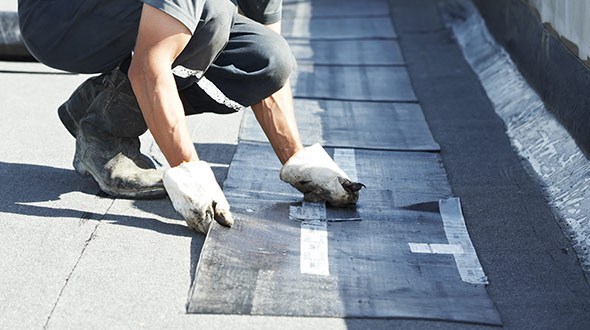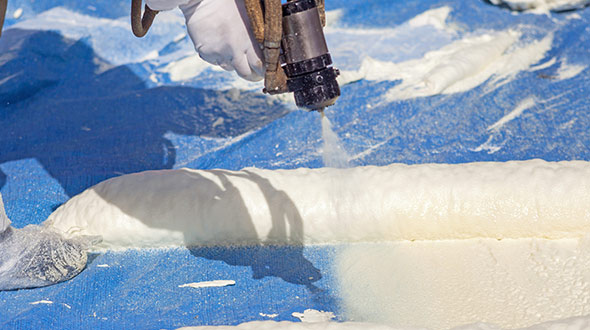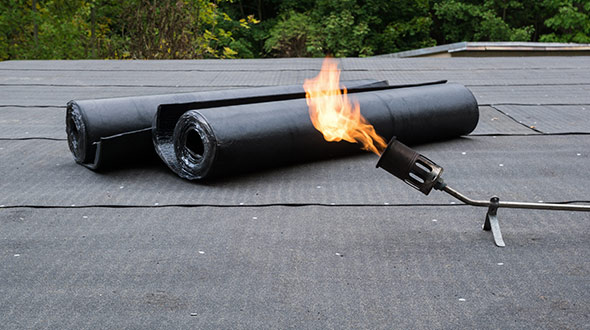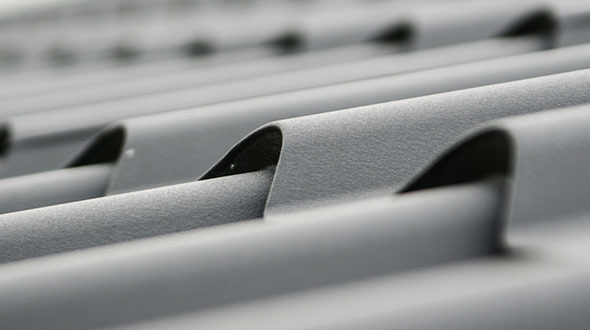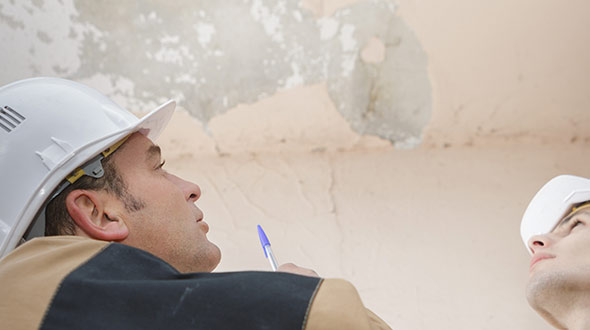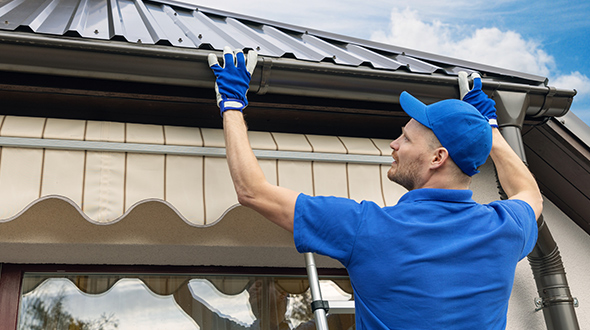
Avoid unexpected, expensive surprises when you replace your worn out commercial roof. By knowing the variable costs in a commercial roofing system replacement, you can ask the right questions to get a more accurate idea of the project cost.
atlantacommercialroofingcontractors.com gathered information about commercial roof replacement, what aspects of the project are variable in cost, what you can expect to spend on a new roofing system, and some of the available commercial roofing types.
Commercial Roofing System Replacement
The replacement of a commercial roofing system is a rare event for building owners and managers. When a roof is installed and maintained correctly, it can last for decades before needing replacement.
The following information will help you reach an informed decision about how to project roof replacement cost variables, and which type of roofing system to install:
Commercial Roof Accessibility
When replacing your commercial roof, access to your property and the roof can impact project costs as much as the roof type. Consider the following:
Commercial Building Height – Roof replacement for a 2-story commercial building will be much less costly than a 10-story commercial building. This is due, in part, to the need for cranes to remove old roofing material and lift new material to the work area.
Access to Building Property – Property access also has an impact on the project. The ability to freely move equipment to the property near the building will influence the logistics and project cost.
Material Storage Areas – Material storage is also a determining factor. Large “lay down” areas near the building facilitate the logistics of the roofing project and can lower its cost.
Building Occupant Safety – Building occupancy can pose a series of challenges to the roofing project. The safety and productivity of the building’s occupants must be considered at all times. If this requires roof replacement activities to occur after regular business hours, additional costs will likely be added to the project.
The easier it is to access your roof, execute the removal of the old roof, and install the new commercial roofing system, the less costly the project will be.
Commercial Roof Substrate Condition
Roof replacement costs can be heavily influenced by the condition of the substrate material. A commercial roof substrate may be composed of:
- A concrete, wood, or metal deck
- Plywood or cover board
- Insulation
Damages to the substrate must be repaired before roof replacement. This cost is a variable, as even the most experienced roofers with the best detection technology may not identify substrate damages until the old roofing materials are removed.
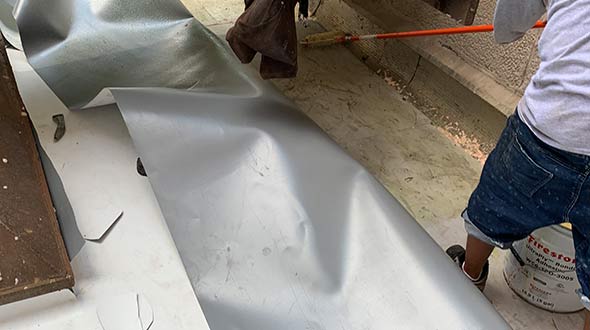
Local, Regional, and State Commercial Roofing Code Requirements
The location of your commercial building may make your roofing system subject to code requirements, including more robust fasteners at more frequent intervals, insulation, substrate, ventilation, and/or slope requirements.
An example of this would be commercial structures along the coast of Florida. Codes in these areas require commercial roofing systems to be designed to withstand higher wind loads. For these roofing systems, more durable fasteners at closer intervals would be required, increasing the cost of the roof replacement project.
Commercial Roof Load-Bearing Capacity
Another crucial factor in determining the cost of replacing your commercial roofing system is the calculation of its dead, live, and transient load capacity.
Calculating your roof load capacity is one of, if not the most crucial aspect when determining the construct of the roof’s substrate and selection of a roofing system. Your roof must be able to support its projected dead load (HVAC units, ducts, vents, exhaust units, etc.), live load (installers, repairmen, and technicians), and transient load (rain, wind, and snow).
Read more about commercial roof loads at atlantacommercialroofingcontractors.com/what-is-commercial-roof-load-why-you-need-to-know/
Commercial Roofing Types
No two roofs are the same. Thus, there are several commercial roofing systems to choose from. The following are some of the more popular commercial roofing types, installation information, and typical price range:
TPO, PVC, and EPDM Single-Ply Membrane Systems Can Cost from $3.50 to $8 per square foot
TPO, PVC, and EPDM are all known as single-ply roofing systems, they require fewer installation steps and are installed with a straightforward process:
- The old roofing system is removed
- The substrate is cleared of anything that may damage the selected membrane
- The membrane is rolled out onto the roof
- The membrane is then adhered to the roof using tape, glue, or heat (for thermoplastic material)
- The membrane is also adhered to itself where its edges overlap
- Protrusions are sealed
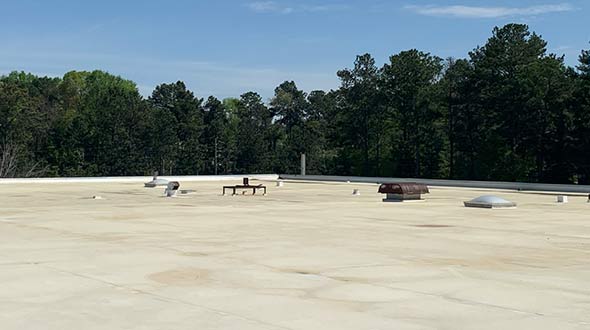
The time it takes to install a membrane, or single-ply roofing system also depends on the width of the membrane. The wider it is, the fewer seams there are to seal in the roofing system, which also leaves fewer opportunities for leaks and eventual substrate damage.
A BUR/Asphalt System Can Cost from $5 to $9 per square foot
Built-up roofing systems are among the oldest in modern times. BUR systems are durable and effective at resisting leaks while repelling water. The installation process occurs in the following steps:
- The old roofing system is removed
- Base sheets are laid down and attached to the roofing deck
- Felt is then glued to the base sheets using an adhesive, concrete, asphalt, or tar
- Gravel or cap sheets are installed over the felt
- A top layer of asphalt completes the installation
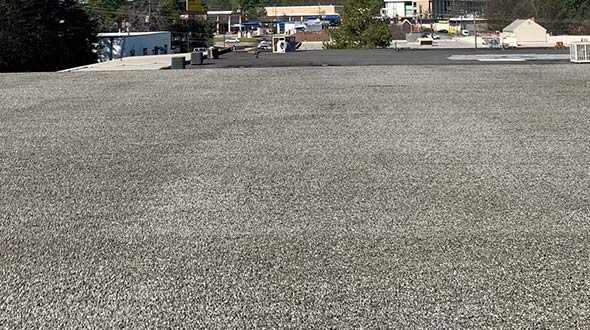
A BUR system creates a robust roof, able to keep severe weather and the elements from entering the building it protects.
A Metal Roofing System Can Cost from $5 to $14 per square foot
One of the most long-lived roofing options (forty + years), metal roofing is also one of the more expensive options. The following details how a metal roofing system is installed:
- The existing roof is removed
- The roof deck is built/prepped (framework and insulation installation)
- The flashing and eaves are installed
- Metal panels are laid out and fastened to the roof deck (fastening depends on which material the panels are composed of; aluminum, copper, steel, etc.)
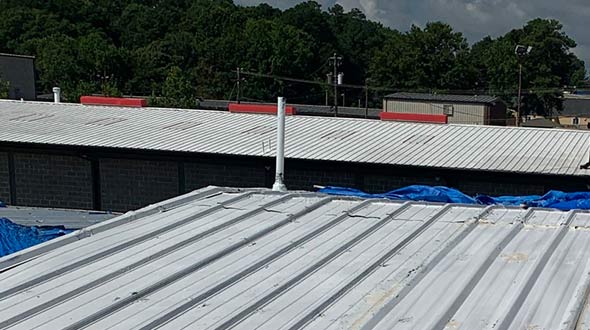
Metal roofing comes in panels or steel shingles. Steel shingles are installed in the same manner as slate, clay, or concrete shingles.
A Modified Bitumen System Can Cost from $4 to $8 per square foot
Modified bitumen is a result of the evolution of asphalt roofing. It is a form of membrane flat roofing. The system is durable and can sustain substantial foot traffic without wear. The following is the installation processes of a “torch-down” modified bitumen roofing system:
- The existing roof is removed
- The substrate is cleared of any debris
- Heavy roofing felt is rolled out and nailed down
- Flashings and primer are installed
- The first sheet is rolled out along the edge of the roof for trimming and fitting
- The sheet is then rolled back up
- A torch is used to slightly melt the bitumen as the first sheet is rolled back out
- Overlapping sheets are then applied in the same manner until the roof is covered and sealed
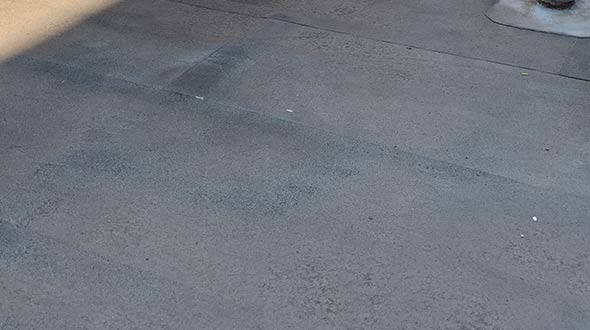
Before selecting modified bitumen, verify that the existing substrate is compatible. Improper adhesion can lead to leaks and likely failure of the new modified bitumen system.
Disclaimer: The preceding price ranges are for comparative purposes only and should not be considered a part of any bid or quote for roofing installation, repair, or replacement.
Replacing Your Commercial Roofing System
In this article, you discovered information about replacing a commercial roofing system, the variables involved in calculating the cost, and commercial roofing types with their price ranges.
By knowing what to look for in a commercial roofing replacement estimate, you can avoid surprises by asking informed questions about installation variables.
When you choose to rely solely on a contractor’s bid or estimate, you may be in for a surprise when unforeseen damages and difficulties cause your roofing project to go quickly over budget.
Sources:
asphaltroofing.org/bur-multi-ply-built-up-roofing/
roofcalc.org/metal-roofing-prices/
nrc.gov/docs/ML1214/ML12146A122.pdf
